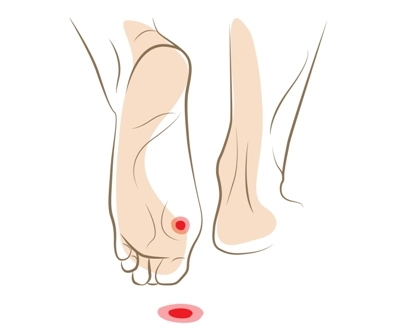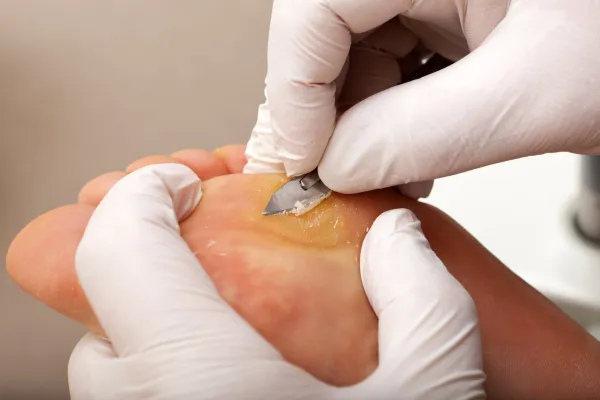Outpatient Facility Coding Alert
Base Your Code on Closure, Not Lesion Size

Question: Our dermatologist performed a melanoma excision followed by a layered closure. Should we add the dimensions of the lesion excision to determine the code choice for the closure?
New Mexico Subscriber
Answer: No, you should not base the closure code on the lesion excision size at all. Instead, you should base it on the closure size. When the surgeon excises a lesion, the code includes simple (single layer) closure. But if the surgeon performs a layered closure as you described, you can separately bill the intermediate closure.
Do this: What you need to know before billing the closure is the longest dimension of the wound. This is likely to be quite a bit longer than the excision itself, because surgeons often create an elliptical excision, which is easier to close. You will identify the total length of the repair and choose the intermediate repair code that matches that length.
For instance: The dermatologist creates an elliptical excision 6 cm long surrounding a 2.5 x 1.5 x 1.0 cm lesion excision with 1 cm margins on the scalp. You should report the intermediate repair with CPT® code 12032 (Repair, intermediate, wounds of scalp, axillae, trunk and/or extremities [excluding hands and feet]; 2.6 cm to 7.5 cm) in addition to the excision code (11604, Excision, malignant lesion including margins, trunk, arms or legs; excised diameter 3.1 to 4.0 cm).
These rules for closure coding apply for excision of benign and malignant lesions of both the integumentary system (114xx –116xx) and the musculoskeletal system for lesions such as lipomas (for example, 21011, Excision, tumor, soft tissue of face or scalp, subcutaneous; less than 2 cm). The only difference is that you can only separately report complex repair with muscle/soft tissue lesions, while you can separately report intermediate and complex repair with integumentary lesions.
Related Articles
Outpatient Facility Coding Alert
- Coding Update:
Submit Your Claims With the Correct Place of Service
Get more specific with “on” and “off campus” codes to pinpoint the place of service. Recent [...] - Spine View:
Refine Your Vertebroplasty Billing with 22511
Use 22511 for all forms of imaging studies. Last year, CPT® added new code 22511 (Percutaneous [...] - ICD-10 Spotlight:
Heal Your Burn Woes with a Comprehensive Understanding of the Codes
Each of the seven characters defines the indication. Just as in ICD-9-CM, coding a burn [...] - Urology Coding:
Take Note of This Global View on Renal Imaging
Focus on documentation for easy reporting of multiple uses. Physicians use renal ultrasounds to assess [...] - Reader Question:
Base Your Code on Closure, Not Lesion Size
Question: Our dermatologist performed a melanoma excision followed by a layered closure. Should we add the [...] - Reader Question:
Take a Note of the Gap Between High-Risk and Average-Risk Screenings
Question: We recently had a Medicare patient come to the office for a screening colonoscopy. He [...] - Reader Question:
Use Rhinoplasty Codes When Treating a Healed Fracture
Question: We submitted a claim with codes 21325 and 30520, but the payer denied 21325. Can you [...] - You Be the Coder:
Know How to Report S-Codes with Meds, Nurse Visit and Pump Rentals
Question: How do we report S-codes for nurse visits with medicines coupled with pump rental for [...]




